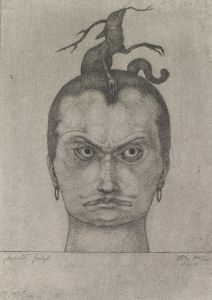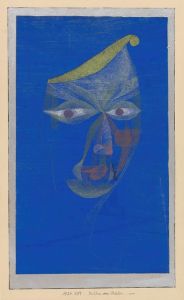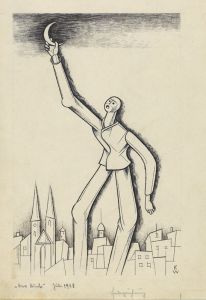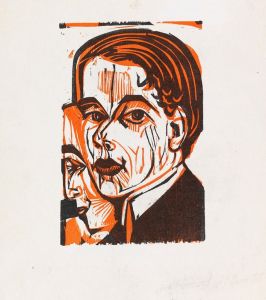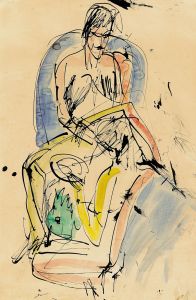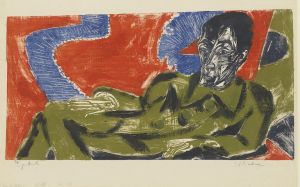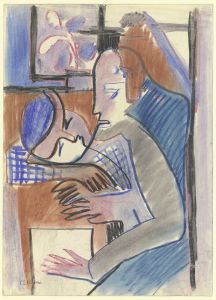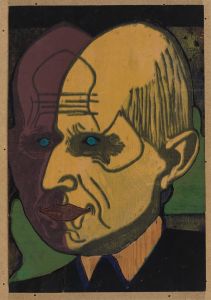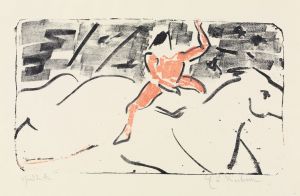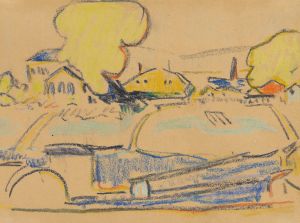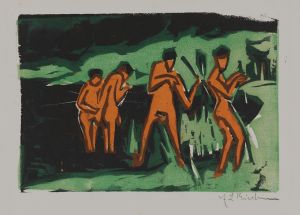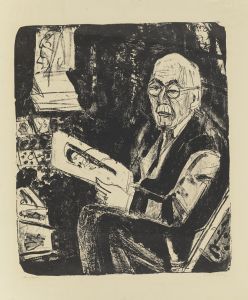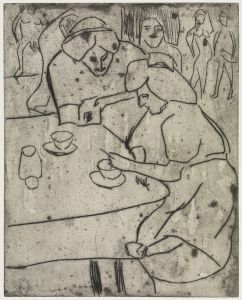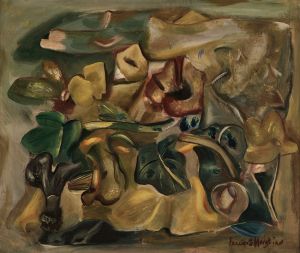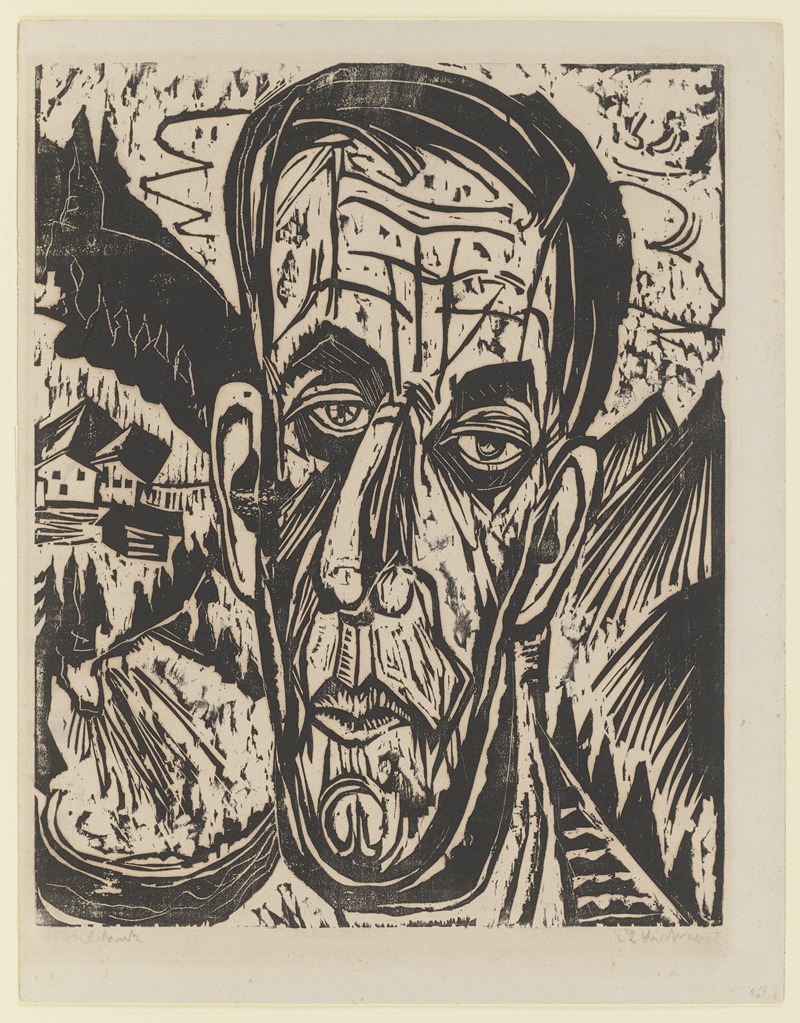
Kopf van de Velde, hell. – Van de Velde zwischen Bergen
A hand-painted replica of Ernst Ludwig Kirchner’s masterpiece Kopf van de Velde, hell. – Van de Velde zwischen Bergen, meticulously crafted by professional artists to capture the true essence of the original. Each piece is created with museum-quality canvas and rare mineral pigments, carefully painted by experienced artists with delicate brushstrokes and rich, layered colors to perfectly recreate the texture of the original artwork. Unlike machine-printed reproductions, this hand-painted version brings the painting to life, infused with the artist’s emotions and skill in every stroke. Whether for personal collection or home decoration, it instantly elevates the artistic atmosphere of any space.
Ernst Ludwig Kirchner was a prominent German expressionist painter and one of the founding members of the artist group Die Brücke, which played a pivotal role in the development of modern art in the early 20th century. His work is characterized by bold colors, dynamic compositions, and a focus on the human figure, often exploring themes of modernity and the human condition.
The painting "Kopf van de Velde, hell. – Van de Velde zwischen Bergen" is one of Kirchner's works that reflects his interest in portraiture and the expressive potential of the human face. The title suggests a connection to Henry van de Velde, a Belgian painter, architect, and interior designer who was influential in the Art Nouveau movement and later in modernist design. However, specific details about the painting, such as its creation date, current location, and the exact nature of its subject matter, are not widely documented in public sources.
Kirchner's style often involved the use of vivid, non-naturalistic colors and distorted forms to convey emotional and psychological depth. His portraits frequently capture the inner life of his subjects, using exaggerated features and dynamic brushwork to express their character and mood. This approach is consistent with the broader goals of the expressionist movement, which sought to convey subjective experiences and emotions rather than objective reality.
The mention of "zwischen Bergen" (between mountains) in the title may indicate a landscape element or setting within the painting, possibly reflecting Kirchner's time spent in the Swiss Alps. After World War I, Kirchner moved to Switzerland, where he lived in relative isolation in the mountainous region of Davos. The dramatic landscapes of the Alps became a significant influence on his work during this period, often serving as a backdrop for his portraits and figure studies.
Kirchner's work, including his portraits, is noted for its exploration of the tensions and anxieties of modern life. His paintings often reflect the psychological impact of urbanization, war, and social change, themes that were particularly resonant in the early 20th century. Despite personal struggles, including mental health issues and the challenges of living in exile, Kirchner remained a prolific artist until his death in 1938.
While specific information about "Kopf van de Velde, hell. – Van de Velde zwischen Bergen" is limited, the painting can be appreciated within the broader context of Kirchner's oeuvre and the expressionist movement. His innovative use of color and form continues to influence artists and captivate audiences, securing his legacy as a key figure in the history of modern art.





